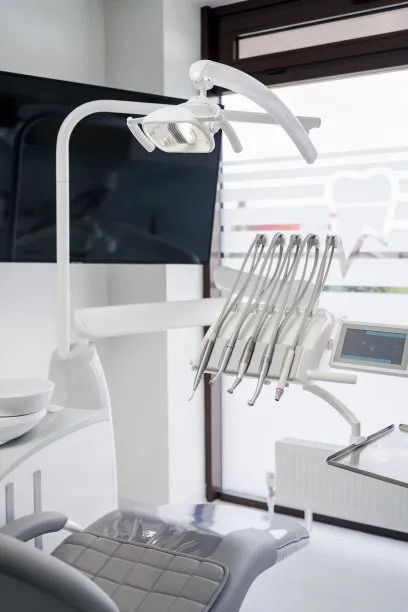The Silent Destroyer Unveiling the Impact of Periodontal Disease on Oral Health
Summary: Periodontal disease, also known as the silent destroyer, poses a significant threat to oral health. This article explores the profound impact of this condition, covering its causes, symptoms, consequences, and preventive measures.
1. Causes of Periodontal Disease

Periodontal disease is primarily caused by the accumulation of plaque and tartar due to poor oral hygiene habits. Bacteria in the mouth release toxins that irritate the gums, leading to inflammation and infection.
In some cases, genetic factors, hormonal changes, smoking, and certain medications can also contribute to the development of periodontal disease.
Without timely intervention, the condition progresses, causing irreversible damage to the gums and supporting structures of the teeth.
2. Symptoms and Progression
Early signs of periodontal disease include red, swollen gums, bleeding during brushing or flossing, and persistent bad breath. As the disease advances, patients may experience gum recession, tooth mobility, and even tooth loss.
If left unchecked, periodontal disease can result in systemic health issues such as cardiovascular disease, diabetes complications, and adverse pregnancy outcomes.
Regular dental check-ups and early detection are crucial in managing periodontal disease and preventing its severe consequences.
3. Consequences of Untreated Periodontal Disease
Untreated periodontal disease can lead to a host of serious oral health problems, including bone loss, abscess formation, and the formation of periodontal pockets. These pockets harbor bacteria and further exacerbate the infection.
In severe cases, advanced periodontal disease may necessitate surgical interventions such as gum grafting, bone regeneration, or tooth extraction. These treatments are invasive and often require lengthy recovery periods.
The financial costs associated with treating advanced periodontal disease can be substantial, emphasizing the importance of early prevention and intervention.
4. Preventive Strategies and Treatment Options
Maintaining good oral hygiene practices, including regular brushing, flossing, and professional cleanings, is instrumental in preventing periodontal disease. Lifestyle changes such as quitting smoking and adopting a healthy diet can also mitigate the risk.
If diagnosed with periodontal disease, treatments may include scaling and root planing, antibiotic therapy, and surgical interventions. Patients must adhere to a stringent oral care regimen post-treatment to prevent disease recurrence.
Educating the public about the significance of periodontal health and promoting awareness of preventive measures are essential in combating this silent but destructive condition.
Summary:
Periodontal disease is a grave threat to oral health, stemming from poor oral hygiene practices and various risk factors, it manifests through a range of symptoms and can lead to severe consequences if left untreated. Early detection, effective management, and preventive strategies are paramount in safeguarding oral health and overall well-being.
This article is compiled by Vickong Dental and the content is for reference only



